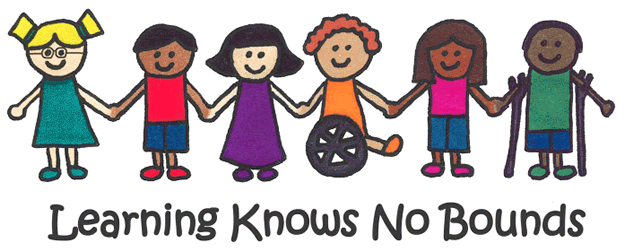Parent information
Autism
Behind every undiagnosed and unassisted autistic child is a family on the brink of disintegration.
“We cannot go out as a family at all. Ever.” This is a normal statement for a family of an unassisted autistic child. The embarrassment, chaos, meltdowns and bizarre behavior that ensue are simply not worth the effort. “We cannot leave him with anyone else, so my husband and I now take turns leaving the house,” is the common solution.
Autism is a complex neurological disorder and developmental disability that affects communication skills and social interaction.
Autistic children struggle with verbal and non-verbal communication, social skills, leisure and play activities. Intellectual and speech impairments also occur.
Autistic children often struggle with speech development and may be unable to speak.
Autistic children battle to understand verbal communication as well as non-verbal cues, like body language and facial expressions.
Autistic children struggle to integrate socially and understand social rules, other people’s thoughts and their emotions.
Autistic children may become trapped within their own rigid thought patterns and behavior, and find change and new experiences difficult to manage.
Autistic children have difficulty in understanding language and abstract concepts.
One out of every 88 people is born with autism. It affects boys more than it affects girls.
Autism cannot be cured. But it can be managed. Managing autism is about taking children who exhibit this bizarre social behavior, and giving them interventions to make them less bizarre.This makes their families less bizarre, and integrates both the child and the family back into the community.
Parent information
ADHD (Attention Deficiency Hyperactivity Disorder)
Here are food suggestions that you or your child should follow every day.
The meaning of “balanced” changes as we learn more. Omega-3s are now part of a balanced diet. You can add omega-3s to your diet by eating wild salmon, sardines, tuna, and walnuts, or by taking a fish-oil supplement or flaxseed oil. A child can take up to 2.5 grams per day of an omega-3 supplement, like fish oil.
Eat fresh foods, and avoid junk or anything that come in a box, bag, wrapper, package, or tube.
Steer clear of anything with additives or preservatives, as well as trans-fatty acids and high-fructose syrup. Skip foods with ingredients you can’t pronounce — long words that usually end in “ite” or “ate.”
It is best to get vitamin C from fruits and vegetables. Eat blueberries, grape seed extract, blue-green algae, almonds, cashews, walnuts, broccoli, wild salmon or bluefish, sweet potatoes, pumpkin, meat, cumin, turmeric, spinach, watercress, and avocado, as well as olive oil and flaxseed oil. These foods are premium gasoline for your brain.
Get tested for zinc.
Take a good multivitamin.
Curb your sweet tooth.
Watch the carbs.
Ditch gluten and dairy.
Drive yourself to drink. Water, that is. Water is good for you in many ways.
Monitor eating habits.
[Free Download: What to Eat (and Avoid) for Improved ADHD Symptoms]
